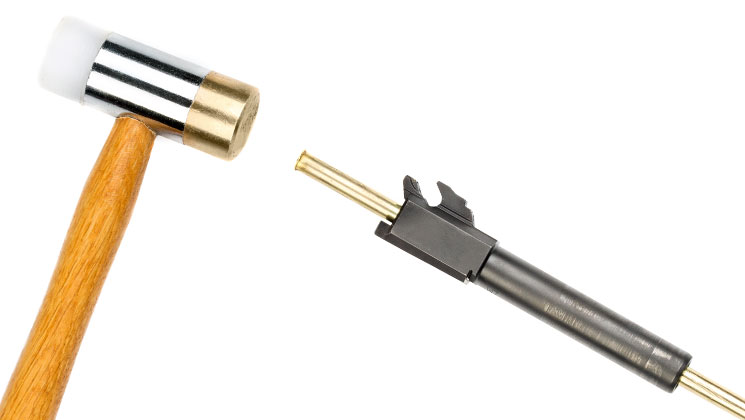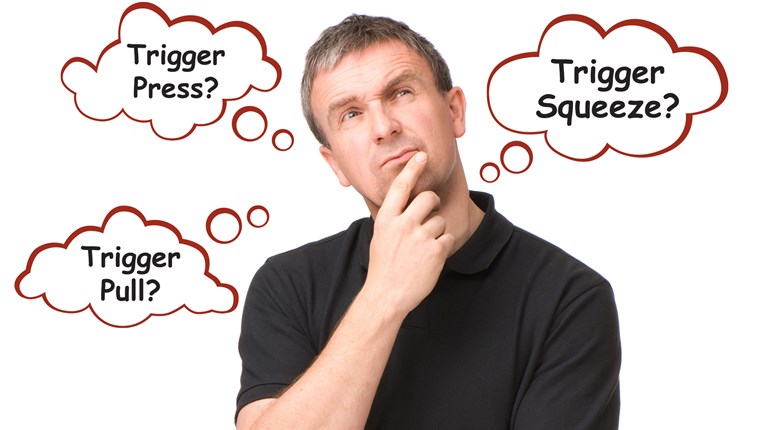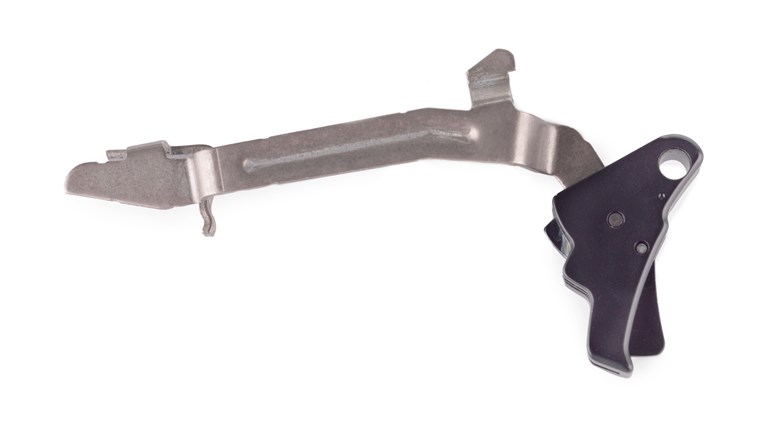
While at the range the other day I had a pistol malfunction that would have become a disaster had it not been for an attentive range officer behind me screaming repeatedly for me to cease fire. Needless to say, I was somewhat unnerved, as I didn’t know what I had done wrong.
The range officer informed me I had a squib load and, as a result, my pistol was unsafe to fire until it could be disassembled, cleared and rendered safe. I had no idea what a squib load was, so I asked what I should do to the pistol to comply. He told me to unload the gun, place it on the bench and he’d take care of it from there.
After inserting a safety plug down the barrel it was apparent that the bullet from the last shot was still in the barrel. He took the gun to the store’s gunsmith who subsequently repaired it. Ten minutes later, the range officer brought the pistol back and informed me it was as good as new and he added that I could continue firing as long as I didn’t have another squib load, hangfire or dud. I didn’t want to seem stupid, so I thanked him without asking further questions.
What causes a squib, hangfire or dud load, and what are the proper steps to take if one occurs when a gunsmith isn’t available?
Fred Hollis
Memphis, TN
You are quite fortunate. Had you fired a round with the previous round’s bullet still in the barrel, in all likelihood the barrel would have bulged or split, rendering it unusable.
Simply stated, a squib load is a cartridge that lacks sufficient pressure to propel the bullet out of the cartridge case and down the barrel until it exits the muzzle. It’s a fairly rare occurrence in factory ammunition, but does happen with reloaded ammunition due to an overly light powder charge or no powder at all.
A squib load can be dangerous if the shooter doesn’t recognize the telltale signs when the trigger is pulled.
Such indicators provide a combination of events that are multiple signals for the shooter to immediately stop firing and investigate what happened. Commonly, the report of the gun will be muffled, the recoil will be substantially less than normal and, more often than not, a noticeable cloud of smoke will be coming from the ejection port. Any one of these signs is a solid reason to immediately stop shooting and investigate the cause.
If you experience a squib in the future, cease firing, unload the pistol, fieldstrip it and attempt to look through the barrel from the chamber end for any signs of obstruction. If a squib load occurred, the bullet will be visible inside the barrel. Should you wish to attempt to remove the bullet yourself—instead of taking the barrel to your gunsmith—here are a few guidelines to consider.
Determine the shortest distance the bullet will need to travel for removal. Lubricate the barrel to reduce the friction of the bullet in the barrel during removal. Use a bore-fitting dowel long enough to completely remove the projectile by driving it out the shortest distance. A wooden dowel is a good option, but other materials may be used—as long as they are softer than the barrel’s steel—so as not to damage the barrel during the removal process. Support the barrel in a padded vise and drive the bullet out with the dowel and a hammer, taking care to use just enough force to keep the bullet moving until it falls free. Then, clean and inspect the barrel prior to lubricating, reassembling and function-checking the pistol.
A hangfire is even more uncommon an occurrence than the squib. They usually result from foreign-made ammunition assembled with questionable components or ammunition that has been contaminated by moisture, or other substances that have penetrated the cartridge case. When a hangfire occurs, there will be a delay in the cartridge firing of up to 1 minute or more after the trigger is pulled. Should you experience what you suspect to be a hangfire, keep the muzzle pointed in a safe direction for several minutes, just in case a delayed discharge takes place.
If after a few minutes the cartridge doesn’t fire you have what is called a dud, which is a cartridge that will not fire even though the primer has a good indent. If the cartridge is declared a dud, it may be extracted and inspected and or disassembled to determine the cause of the problem. Physical inspection of your ammunition, particularly of the primer to ensure it is seated properly, will help reduce the likelihood of experiencing a dud.
By using quality ammunition, these concerns shouldn’t be a problem in the future but at least you know what to look for and how to fix them should they occur.





































